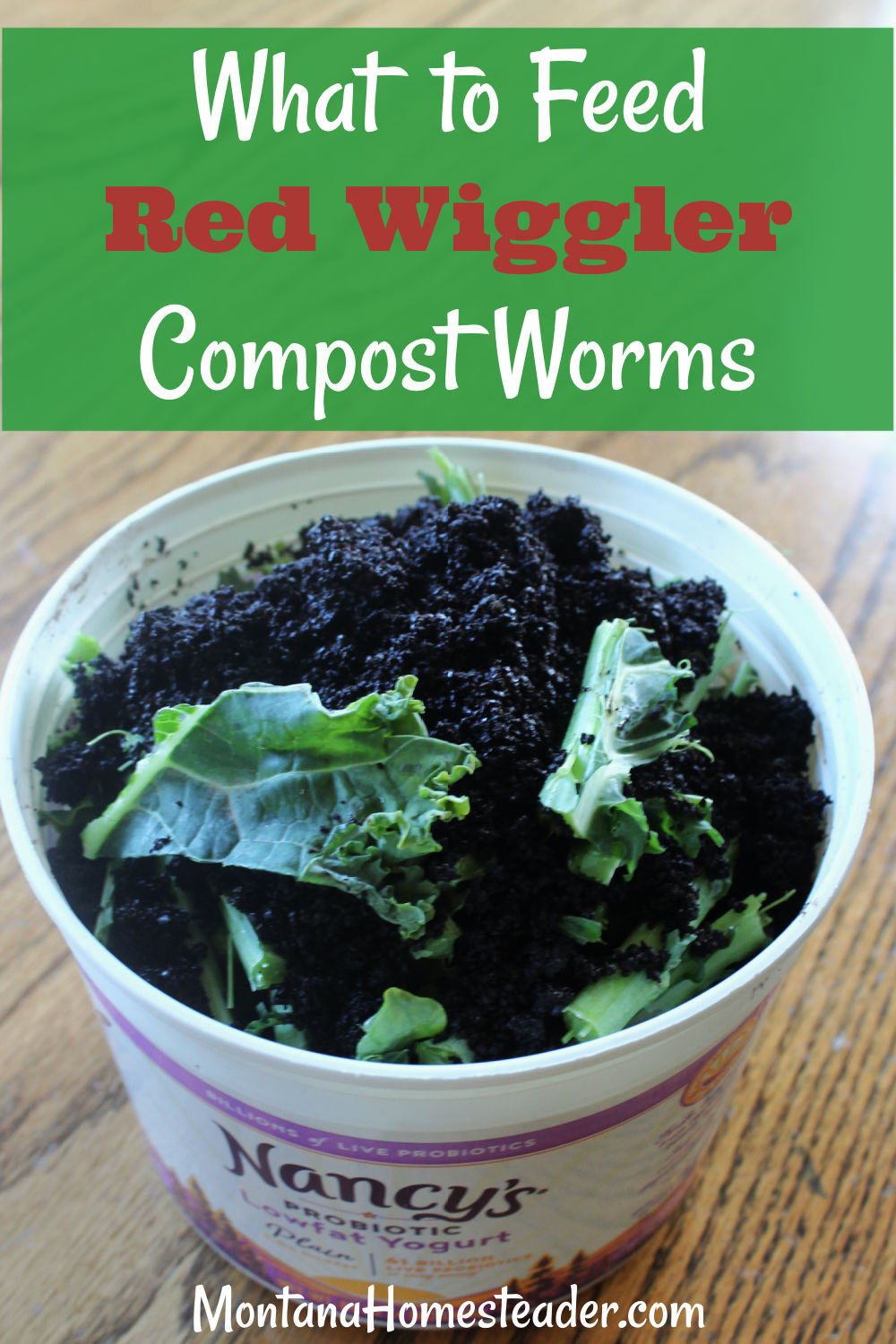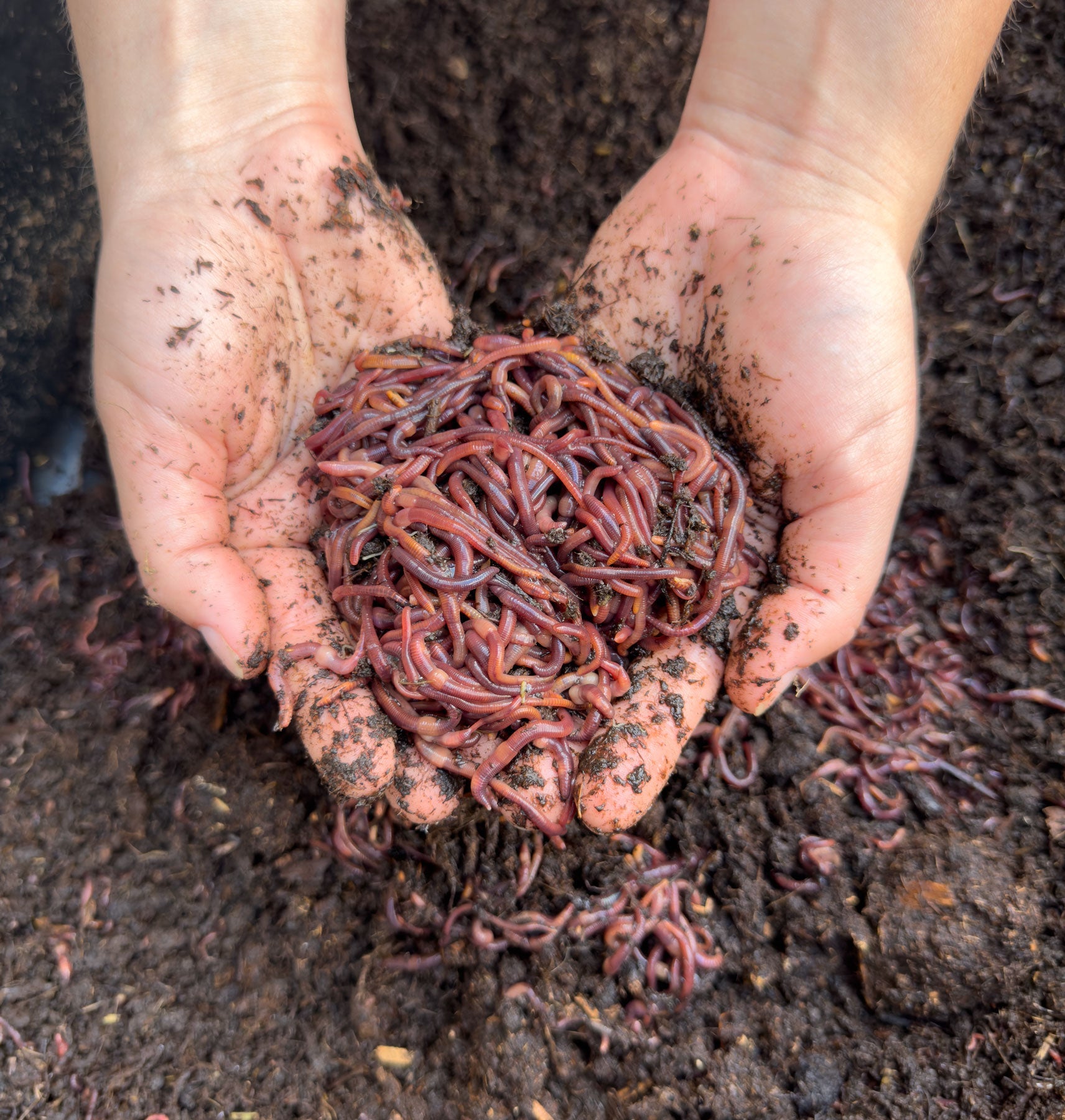Red Wigglers: The Unsung Heroes of Organic Waste Recycling
Red wigglers, or Eisenia fetida, offer as important agents in the natural waste reusing process, changing disposed of materials into beneficial vermicompost. As the globe progressively looks for remedies to deal with waste build-up and improve farming productivity, understanding the duty of these worms ends up being vital.
What Are Red Wigglers?
The impressive strength of red wigglers, clinically known as Eisenia fetida, emphasizes their vital duty in natural waste recycling. These small, reddish-brown earthworms are typically discovered in breaking down raw material, such as compost heap and manure lots. Lake Hickory Bait. Unlike other earthworm species, red wigglers flourish in nutrient-rich settings and are highly efficient at damaging down organic products, making them important for vermicomposting

(Red Wiggler Express)Along with their role in waste reduction, red wigglers contribute to soil health and wellness by boosting dirt framework and aeration with their burrowing activities (Lake Hickory Bait). Their existence in composting systems not only improves decomposition rates however likewise promotes a lasting approach to squander administration, showing their value in ecological conservation efforts
Benefits of Composting With Worms
Composting with worms, particularly red wigglers, offers numerous benefits that boost both waste monitoring and dirt health. These worms successfully damage down natural waste, transforming it right into nutrient-rich vermicompost that enriches dirt. This process increases decomposition, permitting a faster recycling of cooking area scraps and various other natural materials contrasted to typical composting approaches.
Additionally, the vermicompost created by red wigglers is teeming with advantageous bacteria, which help improve dirt framework, oygenation, and wetness retention. This boosts the total health and wellness of plants, promoting vigorous development and enhanced yields in gardens and farming settings. Moreover, using worms in composting lessens the manufacturing of greenhouse gases, such as methane, adding to a more lasting waste administration system.

How to Beginning Vermicomposting
Establishing a vermicomposting system is an uncomplicated procedure that can yield considerable benefits for both waste management and soil enrichment. To start, select a suitable container, such as a plastic bin or wood box, with ample ventilation openings to guarantee appropriate air flow. The dimensions ought to ideally be about 2 feet by 3 feet, allowing enough space for the worms to flourish.
Next, prepare bed linen product, which can contain shredded paper, cardboard, or coconut coir. This bed linens needs to be dampened to produce an ideal environment for the worms. When the bed linen is in place, introduce red wigglers (Eisenia fetida) into the bin, normally around one extra pound of worms for each square foot of surface.
Adhering to the positioning of worms, add natural waste, such as fruit and vegetable scraps, coffee premises, and crushed eggshells. With these steps, you will efficiently start a vermicomposting system that adds to lasting waste administration and enhances your dirt.
Keeping a Healthy And Balanced Worm Bin
(Lake Hickory Bait)Keeping a worm bin prospering calls for normal interest and treatment to make sure the health and wellness of the red wigglers and the performance of the composting process. Proper upkeep starts with keeping an eye on the moisture levels; the bin needs to perspire yet not soaked. An excellent general rule is to preserve an uniformity similar to a wrung-out sponge.
Carefully blending the bedding and food scraps every few weeks protects against compaction and guarantees that all worms have access to oxygen. In addition, it is important to feed the worms suitably.
Temperature level regulation is one more crucial facet. Red wigglers flourish in a variety of 55 to 77 degrees Fahrenheit. If the container comes to be too warm or cold, the worms may become stressed - Lake Hickory Bait. Periodically check for indicators of wellness, such as worm population growth and the visibility of healthy and balanced spreadings. By faithfully taking care of these aspects, one can maintain a durable and effective worm container.
Influence On Sustainable Living
The successful upkeep of a worm container not only benefits the health of red wigglers however additionally adds dramatically to lasting living methods. By reusing natural waste, such as kitchen scraps and yard debris, red wigglers assist divert considerable amounts of material from land fills. This decrease in waste not only reduces greenhouse gas discharges but additionally decreases the environmental concern related to waste management.
Moreover, the spreadings created by red wigglers work as a nutrient-rich organic fertilizer, enhancing dirt health and wellness and advertising plant growth. This all-natural choice to chemical plant foods sustains lasting agriculture and gardening practices, reducing dependence this contact form on synthetic inputs that can hurt ecological communities. Furthermore, worm composting fosters recognition of waste management, urging individuals and areas to embrace more sustainable behaviors.

Verdict
In summary, red wigglers act as important factors to natural waste reusing via their efficient decomposition of organic products. Their capacity to generate nutrient-rich vermicompost boosts soil health and wellness and sustains lasting farming techniques. By integrating vermicomposting into waste management approaches, people and areas can dramatically reduce waste while promoting ecological sustainability. The function of Eisenia fetida in promoting healthy environments highlights the importance of these organisms in attaining lasting living and improving dirt fertility.